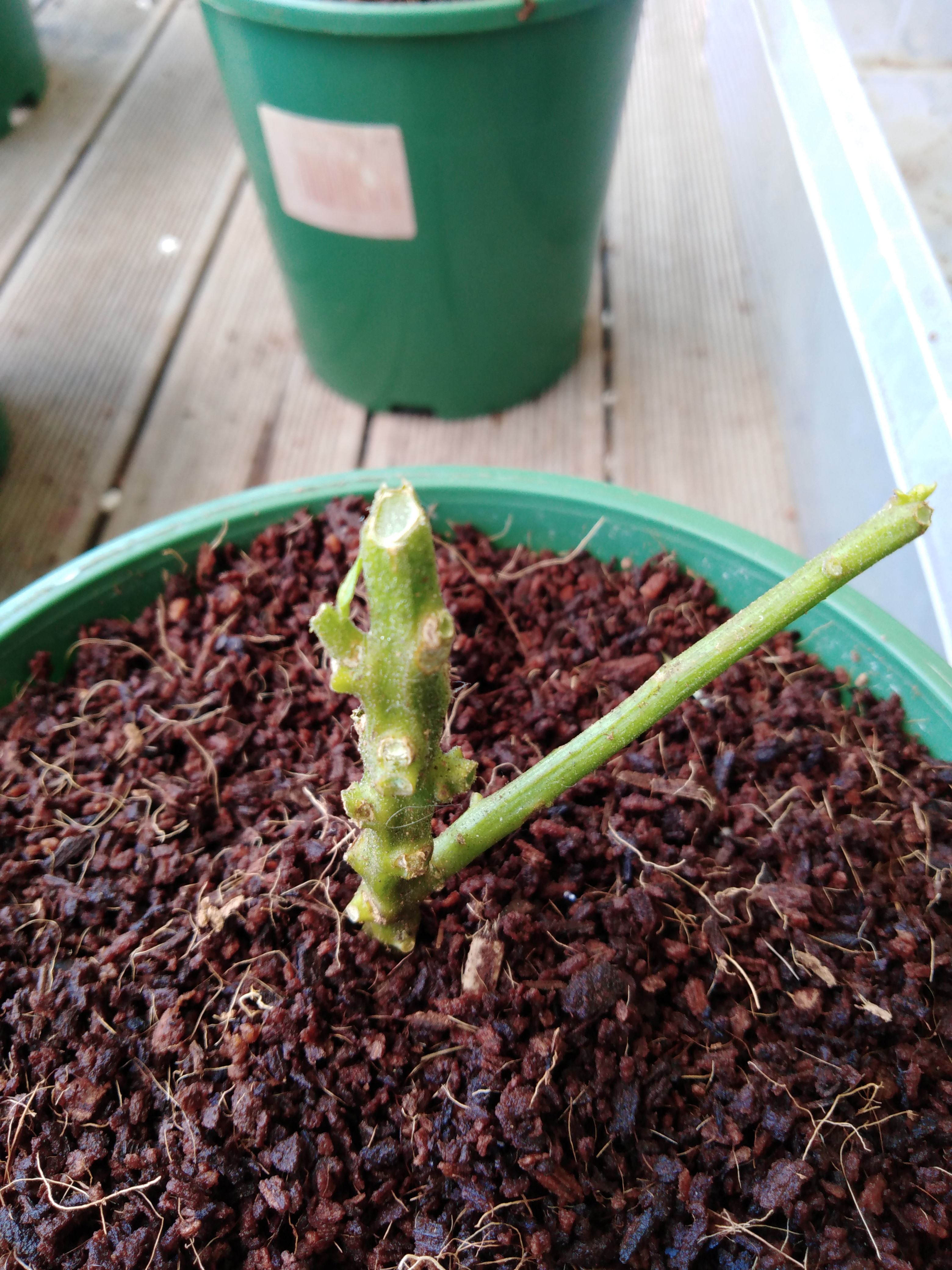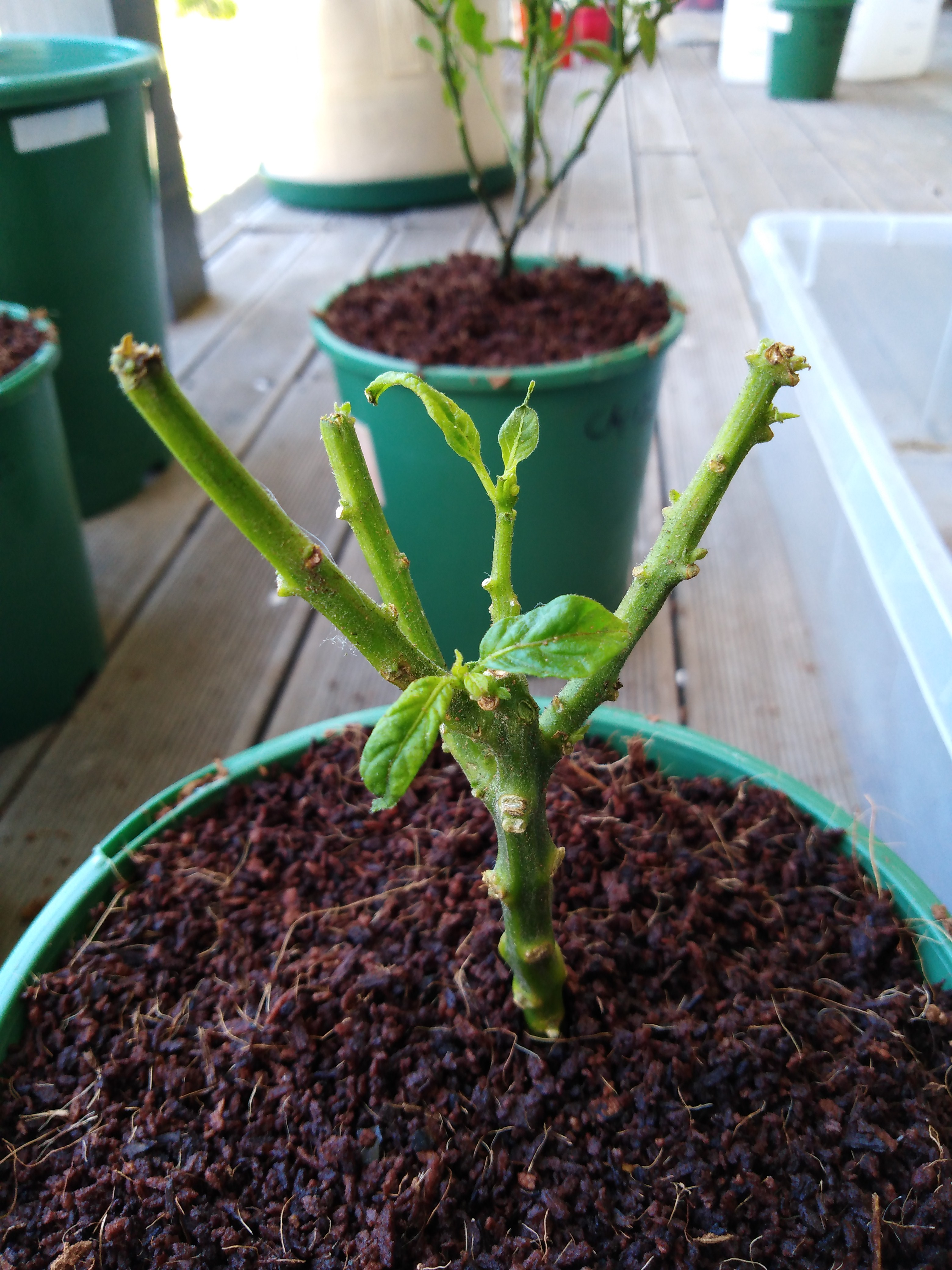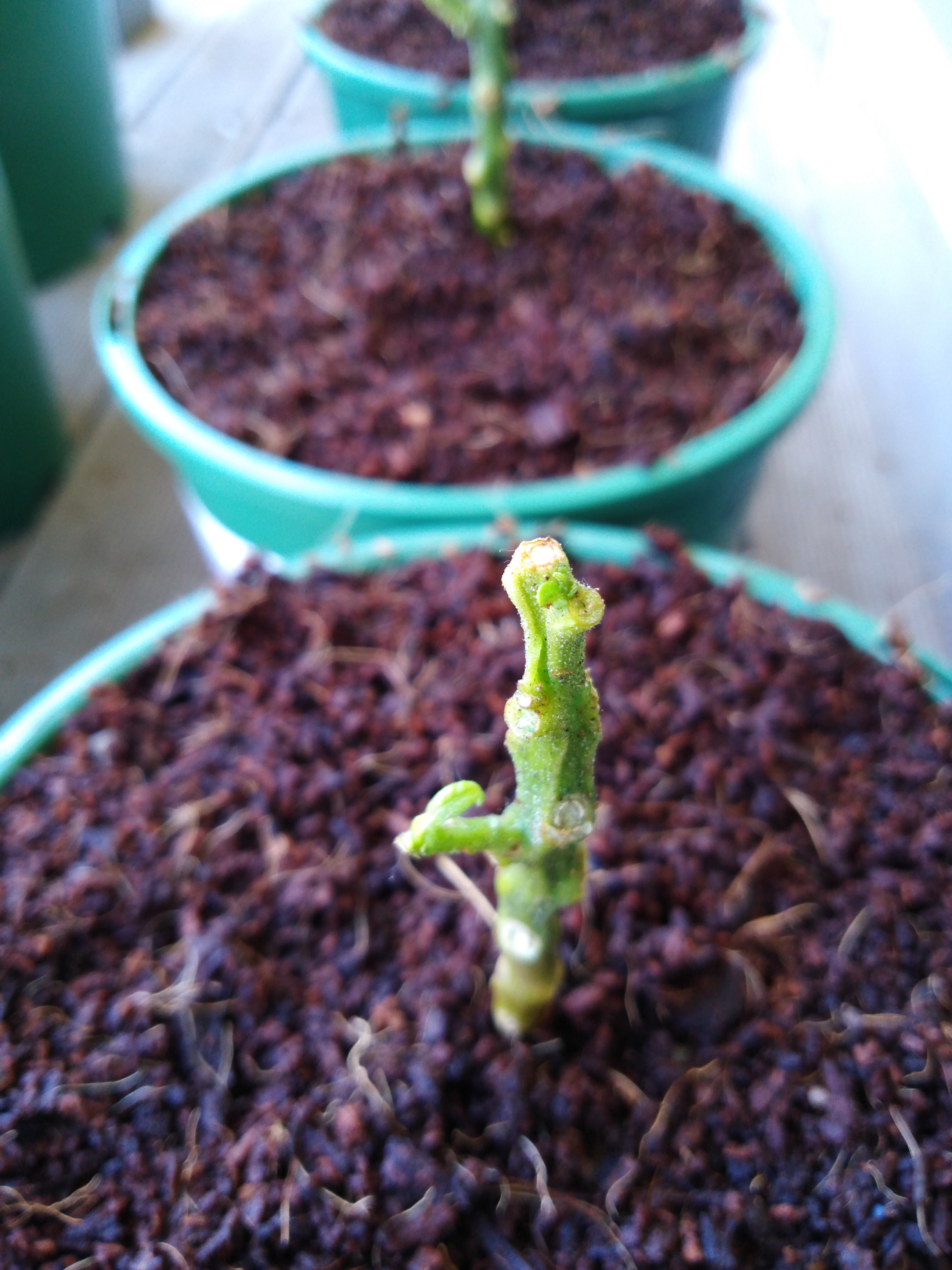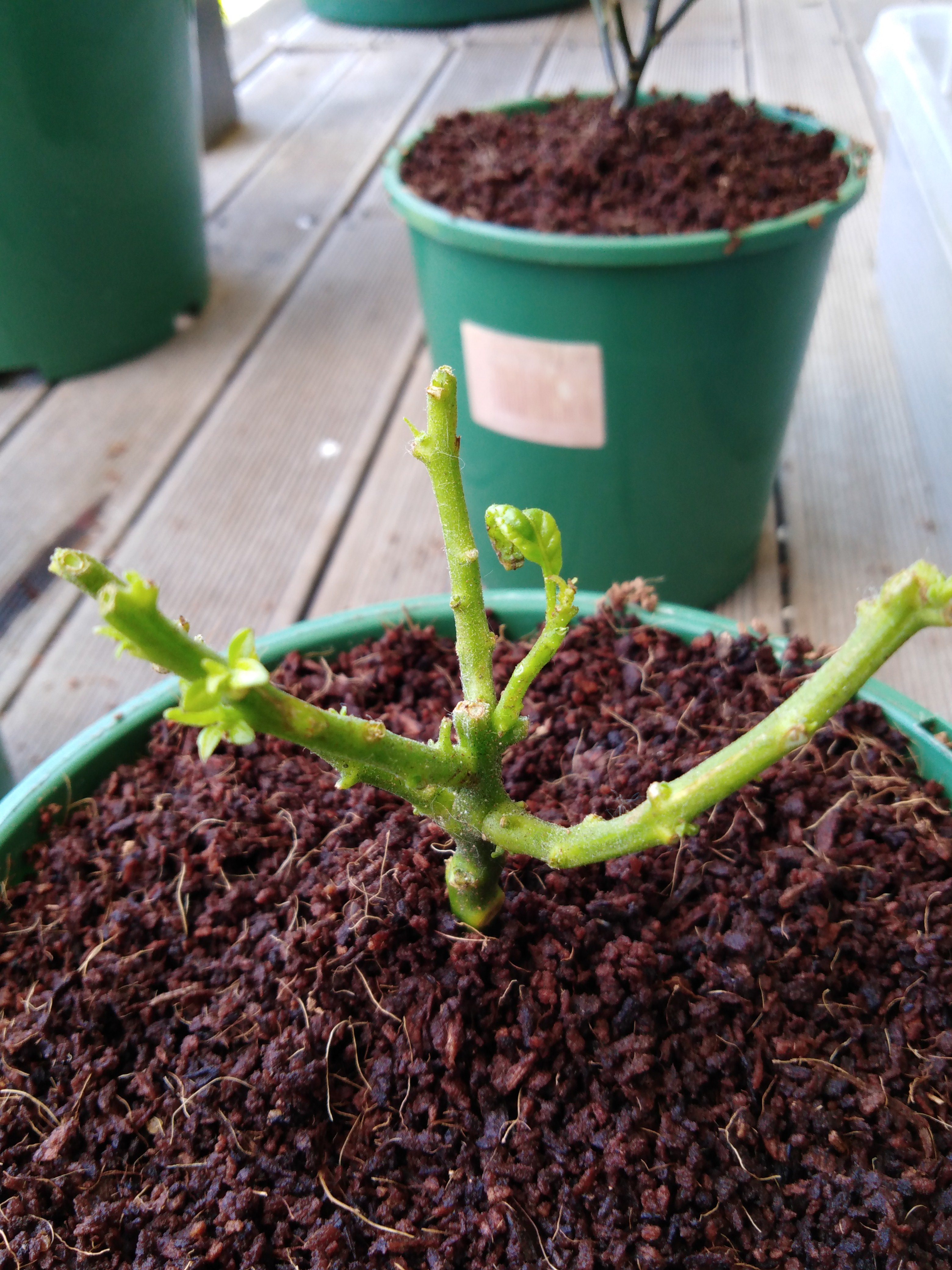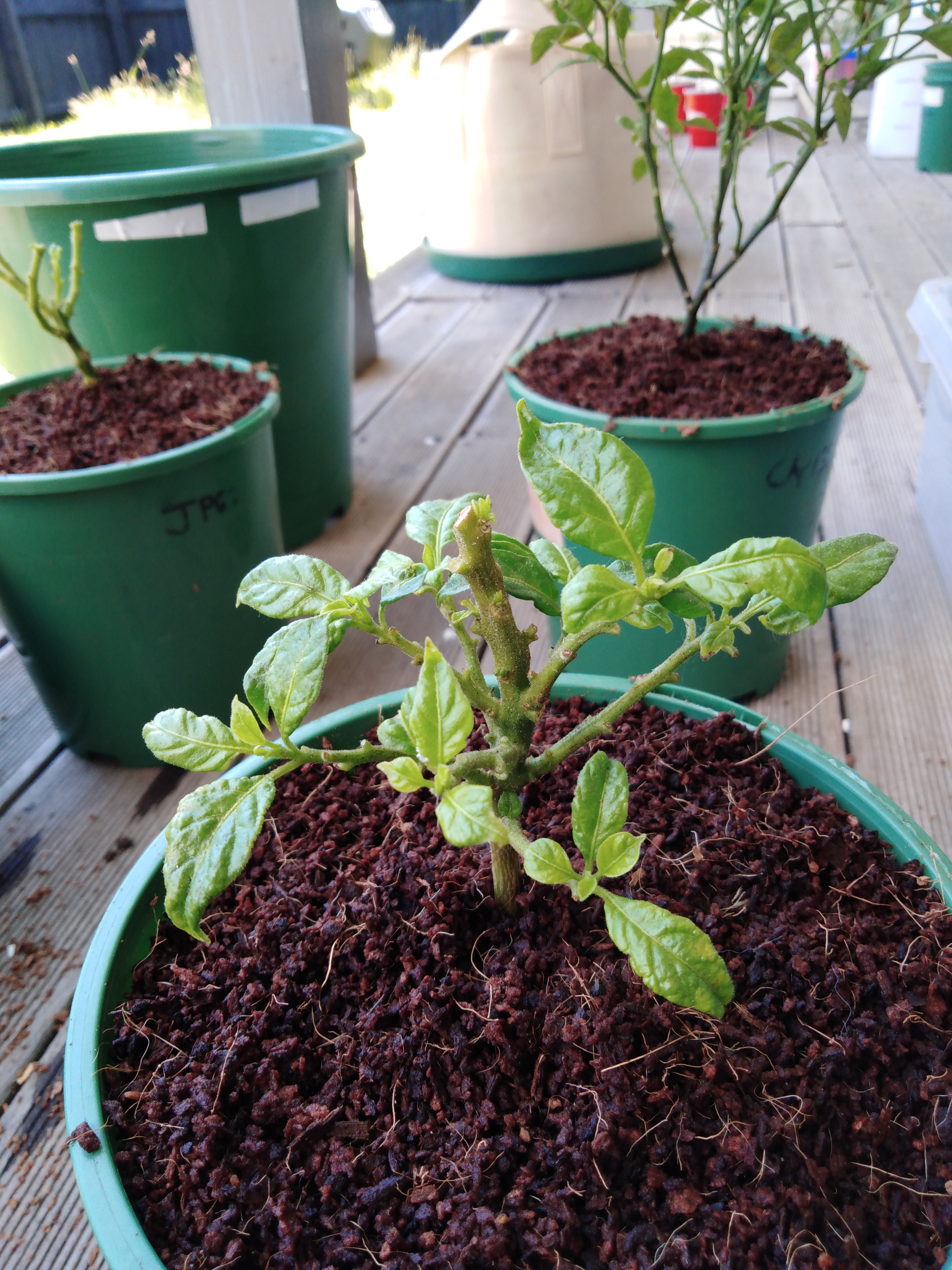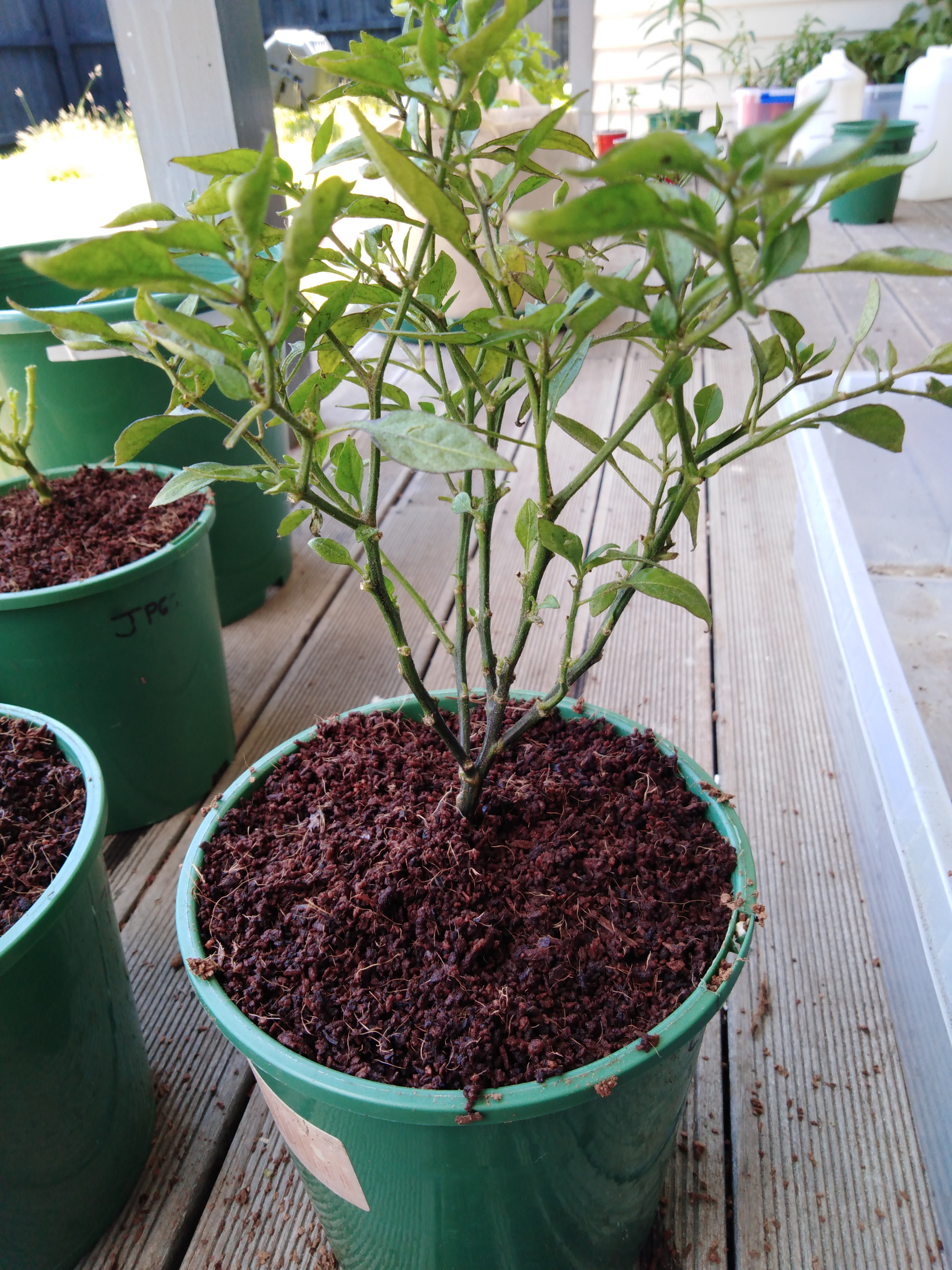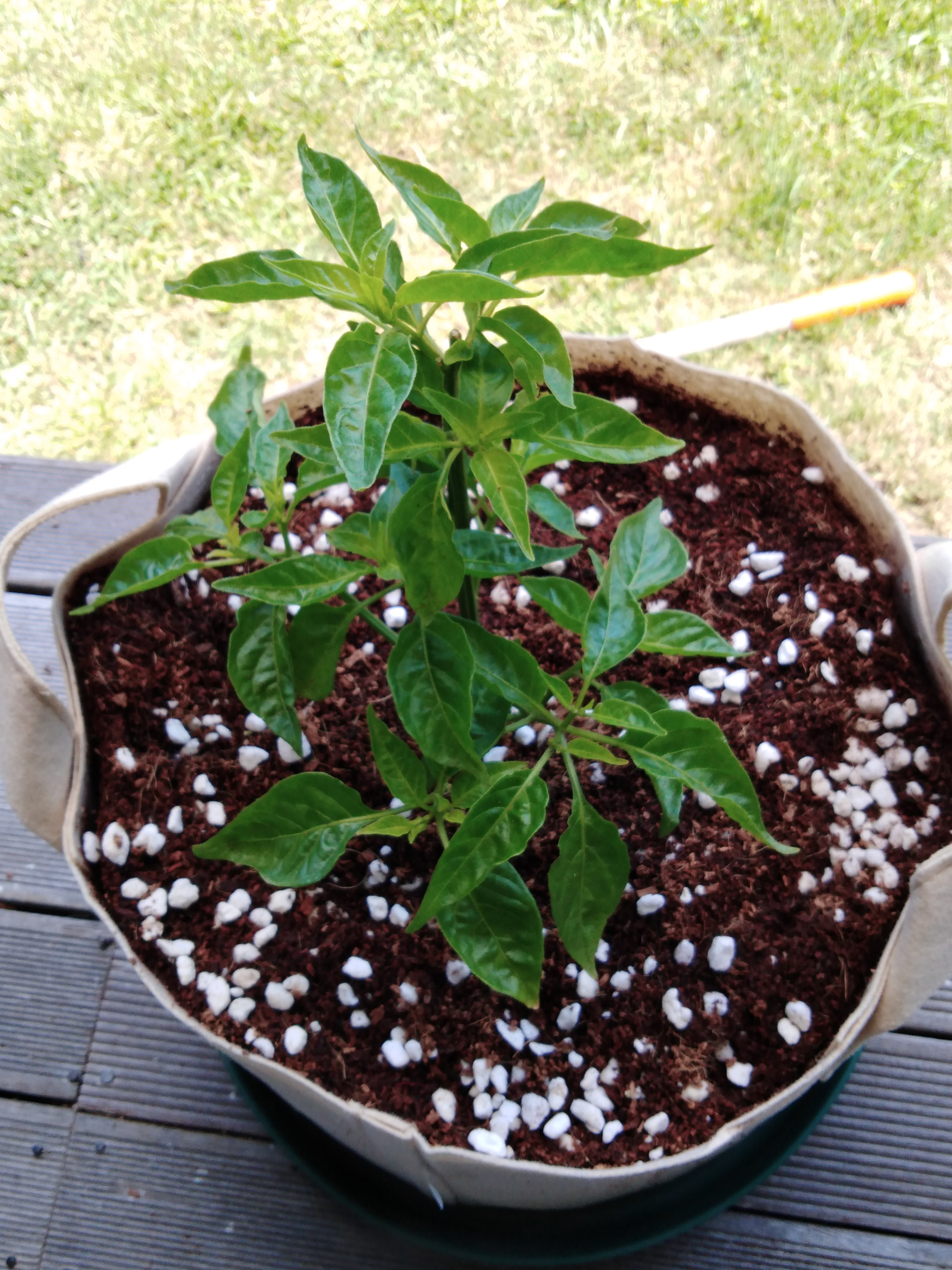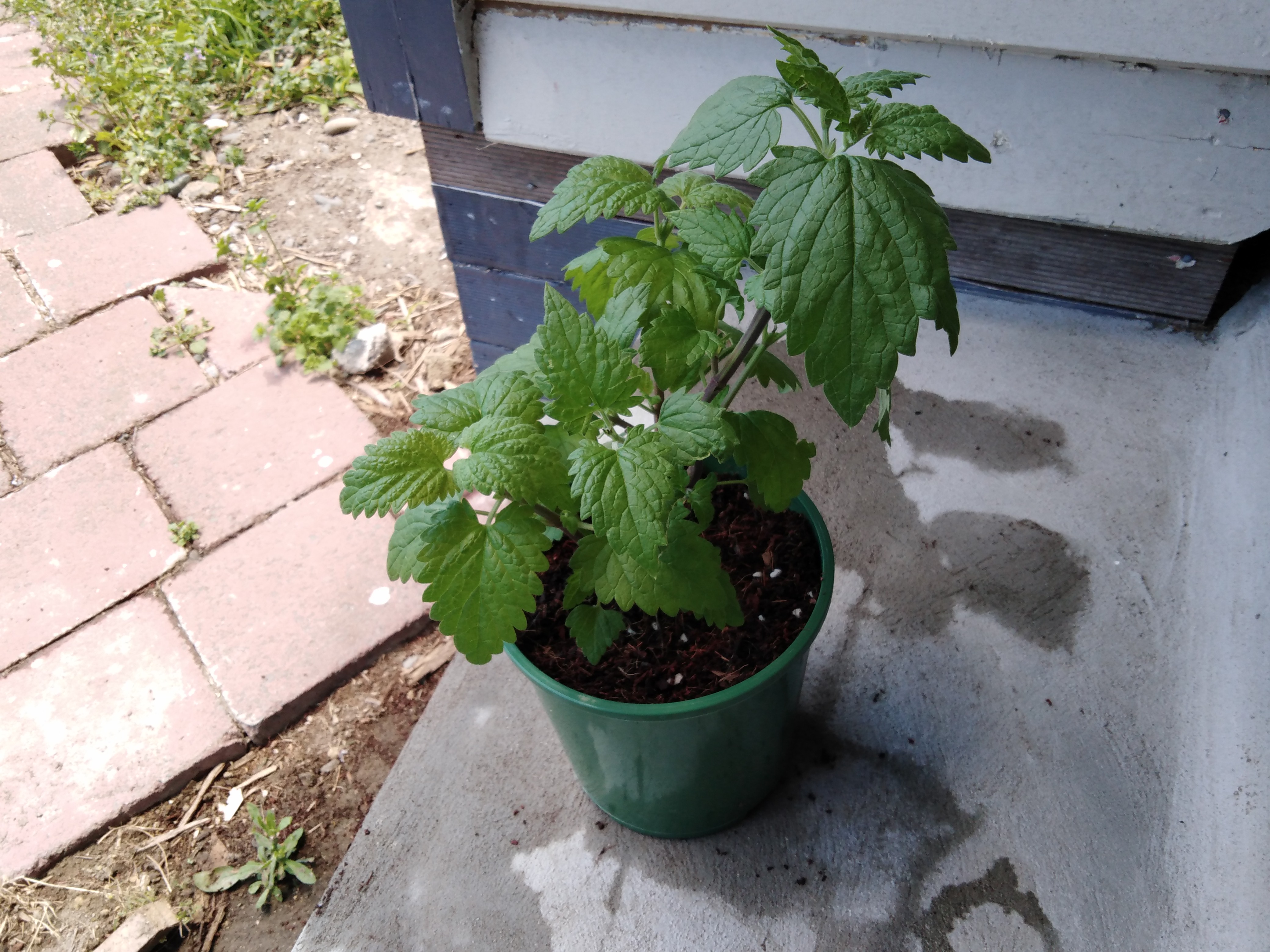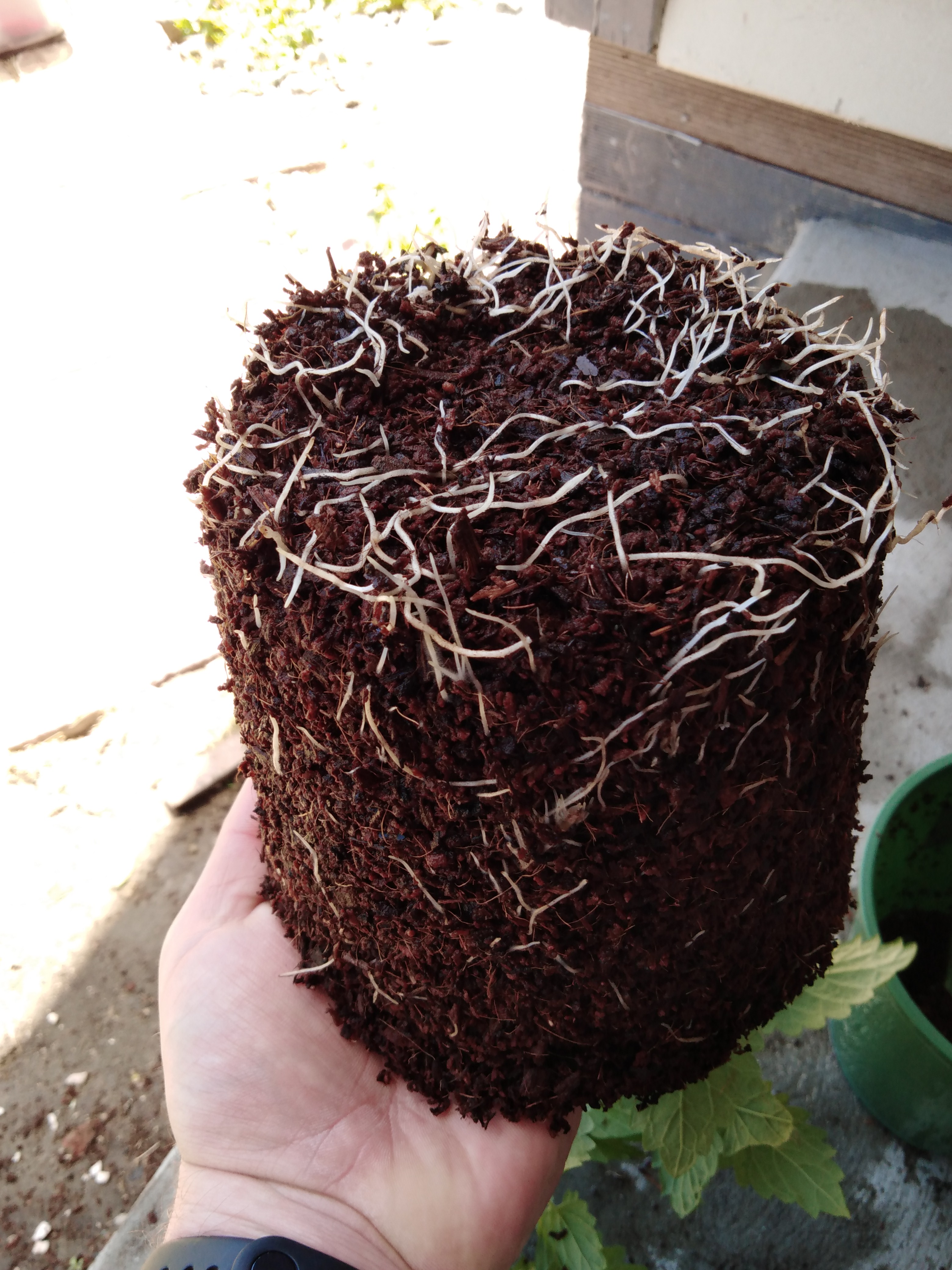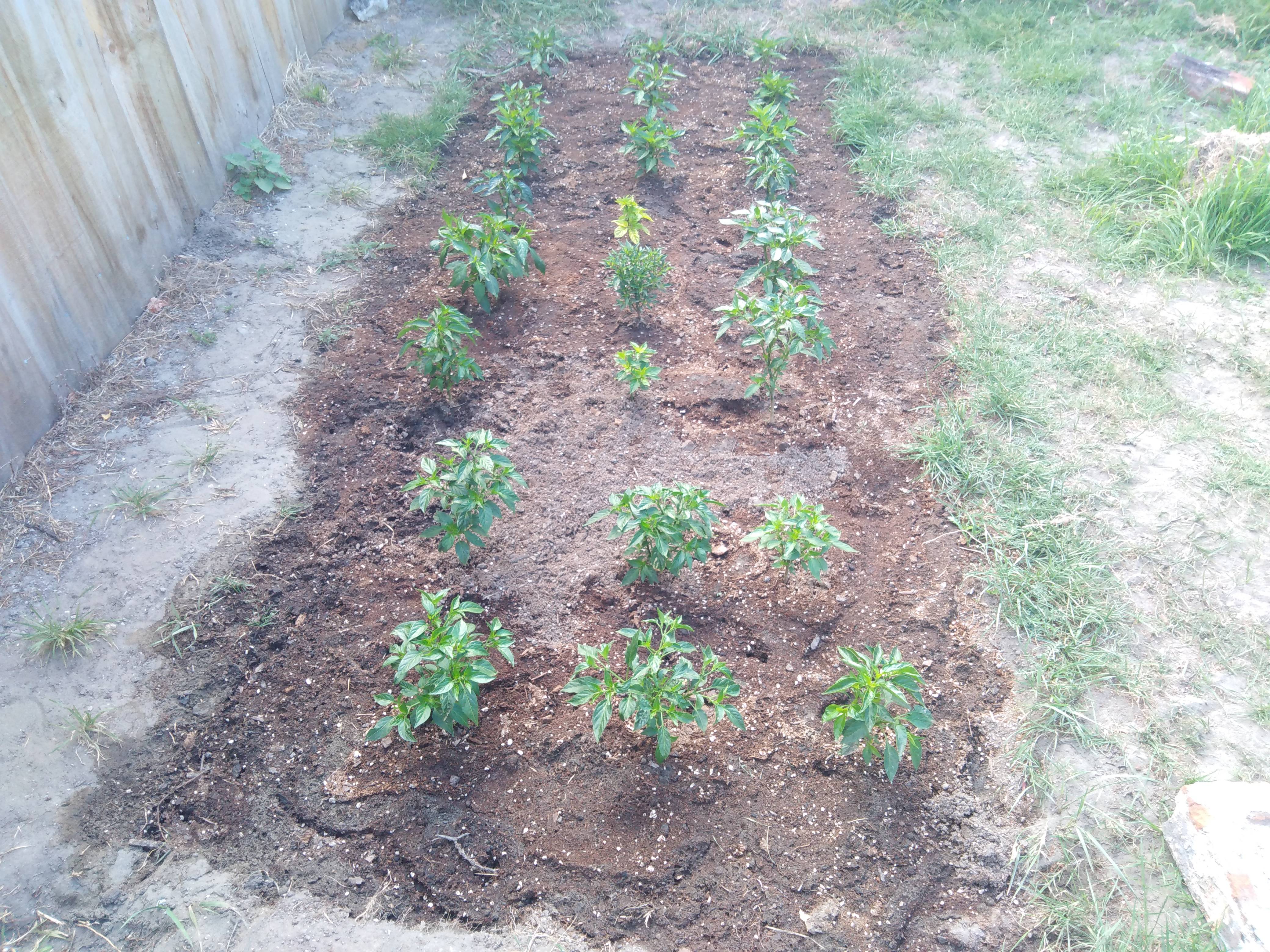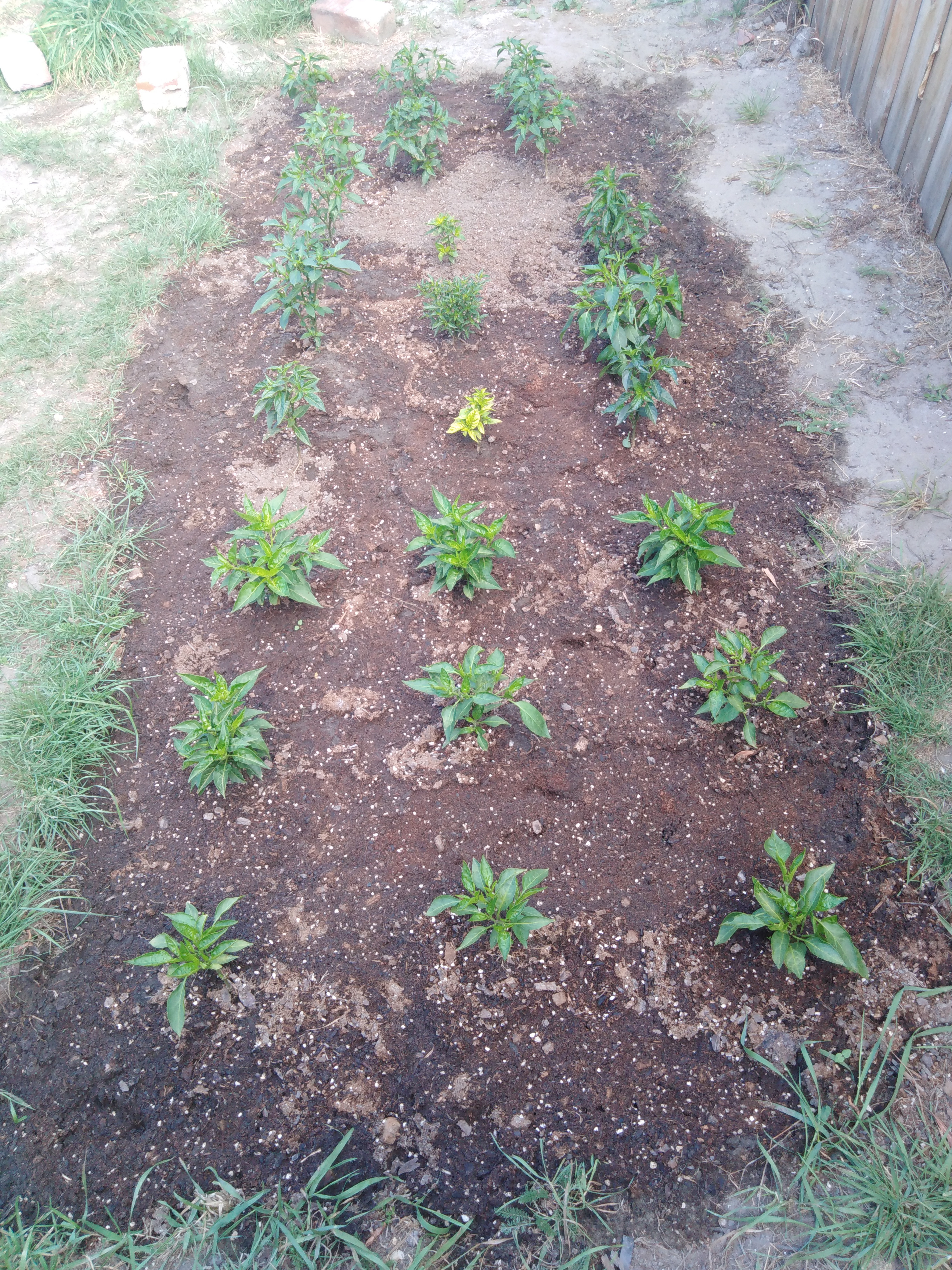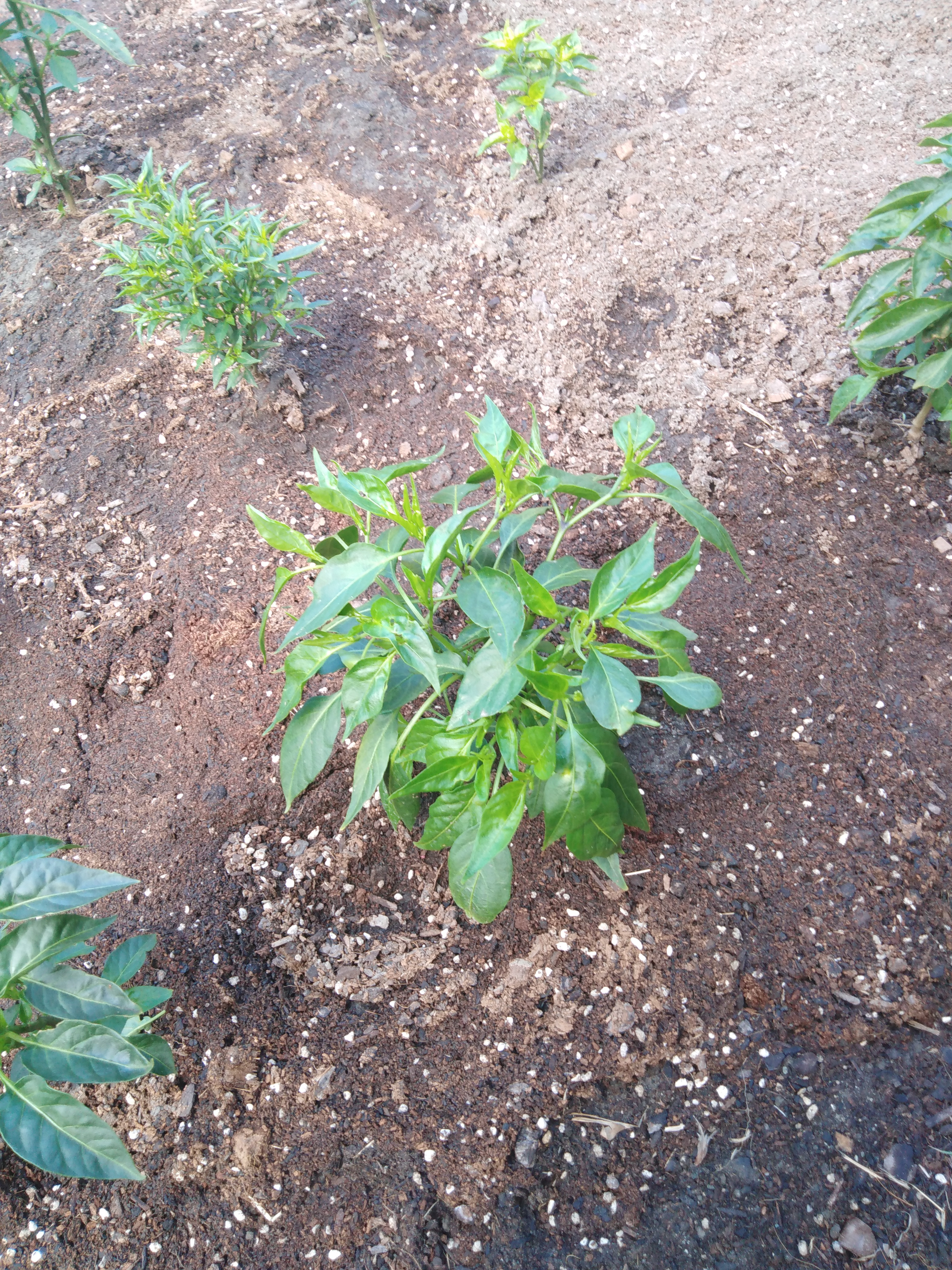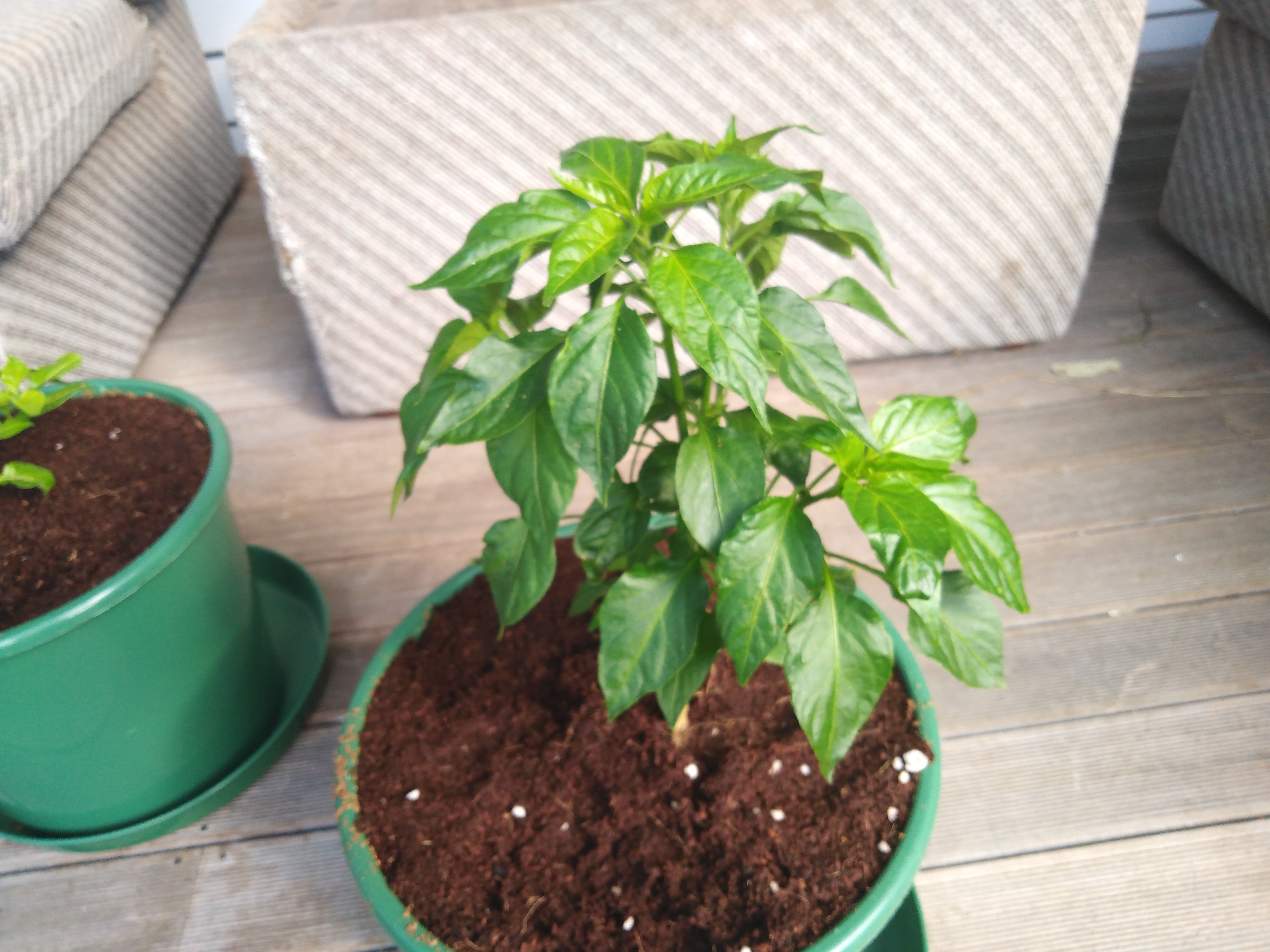solid7 said:"Normal" Neem oil is 3400 ppm average. If it's lower, it's been processed, or diluted. If it's a product that's anything less than pure neem, you won't know what you get, unless it's declared. But ~3400 is what any cold pressed neem should be. Unless somebody, somewhere, is growing "neem lite". Who knows, could happen...
Hi Solid, thank you for your reply.
I wasn't aware of this until recently. Last season I bought neem oil from a hydroponics shop and it was a liquid. It worked okay but I ended up mainly using synthetic pyrethrins because they were more effective.
Neem is hard to find in my country but this season I bought some from a guy who specialises in gardening (He sells things like neem oil, neem granules, biochar, humic/fulvic acid liquid, mycorrhizal fungi stimulator, etc). As soon as I opened the bottle I realised that the "neem" oil I bought from the hydroponics shop was actually watered down.
The neem from this season came solidified in the bottle, almost like proper cooking coil that solidifies when the temperature gets low. The bottle had to be placed in the hot water to "melt" it.
The real stuff has a strong smell compared to the watered down version. The smell hits you as soon as the bottle is opened and it's overpowering. It smells amazing when it is being sprayed.
solid7 said:Any neem that doesn't solidify in cooler temps, isn't real neem, either. It's a saturated fat, like coconut oil. (unless it's not)
I falsely assumed that a hydroponics shop would sell only the highest of quality products but it turns out this was not true.
solid7 said:Also, I'd strongly caution you to refrain from using sulfur after your neem application. That is a recipe for instant death.
Yes, I googled it after my OP and realised this combination would be likely to cause phytotoxicity.
solid7 said:Let's talk, instead, about why you have the pests. You're using one of my favorite substrates. But it has quirks. Did you "pre-charge" the coir? If your plant is overfertilized, or if it's not taking up nutrients optimally, that's a very good reason why pests move in. So speak to the coco issue...
The pest issue was not severe but I was worried that it would compound if the spraying was stopped. It was (is) mainly aphids, whiteflies, thrips and gnats. There was never any infestation, I just didn't like seeing bugs on the plants.
In hindsight, plant hypochondria may have been the cause of the excessive spraying and (indirectly) the cause of this post.
We're living on a small property about 150 metres away from the beach. The property is surrounded by trees and plants. A huge grape vine also runs along our fence and there are a lot of bugs around. Perhaps (to an extent) the pests need to be accepted rather than eradicated. Their presence around the pepper plants can be mitigated but not completely controlled. That's what I'm just only now recognising.
As for your last point, I didn't pre-charge the coco coir. The manufacturer pre-buffered it. I (perhaps erroneously) assumed that pre-charging it wouldn't be necessary.
Before this happened all of my annuum plants (They were started last, once I had learned more about coco and growing peppers in coco) looked great. No sign of any toxicities or deficiencies, no deformed growth and some were developing buds. The other plants were looking okay, they were finally starting to look healthy in the new growth.
I don't believe the plants are overfertilised (They get 1.4 EC max).
This year has been a huge learning curve for me and there have been a lot of setbacks which I view as learning experiences rather than failures. Coco coir is a substrate which I will continue to learn about and use.
These following questions come from a place of legitimate curiosity. I am very eager to learn and you've obviously successfully grown hot peppers in coco coir.
- How does overfertilisation manifest? I observed no signs of toxicities.
- Are there any symptoms that may indicate overfertilising apart from visible symptoms (discolouration on the leaves, slow growth, deformed growth, etc)?
- How about plants not taking up nutrients optimally? Would this create visible deficiencies? Slow or deformed growth?
- How do either of these issues contribute to pests?
Thank you.

